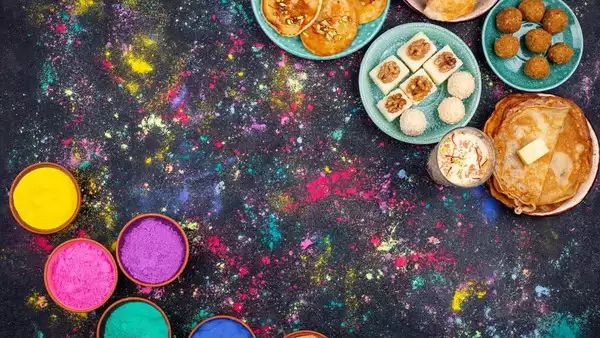Holika: Myth, Legend, and Symbolism
Understanding the Mythological Origins
Holika, also known as “Holika Dahan” or “Chhoti Holi,” is an integral part of the Holi festival celebrated in India and various other parts of the world. According to Hindu mythology, Holika was the sister of the demon king Hiranyakashipu, who tried to kill his son, Prahlad, for his devotion to Lord Vishnu. Holika, believed to be immune to fire, sat on a pyre with Prahlad in her lap, intending to burn him alive. However, due to Prahlad’s unwavering faith and the divine intervention of Lord Vishnu, Holika was consumed by the flames while Prahlad emerged unscathed. This event symbolizes the victory of good over evil and the power of devotion and righteousness.
Why Do We Celebrate Holi?
Exploring the Cultural Significance
Holi, also known as the “Festival of Colors,” is celebrated with great fervor and enthusiasm across India and other parts of the world. The festival marks the arrival of spring and the end of winter, symbolizing the triumph of life over death and the renewal of nature. Holi is a time for people to come together, bury past grievances, and embrace each other with love and forgiveness. It is a celebration of unity, joy, and the vibrant colors of life.
Intriguing Facts About Holika and Holi
1. The Bonfire Ritual: Holika Dahan
The tradition of lighting bonfires on the eve of Holi, known as Holika Dahan, symbolizes the burning of evil and the triumph of good. People gather around the bonfire, perform rituals, and offer prayers for prosperity and protection.
2. The Colorful Play: Rangwali Holi
On the day of Holi, people gather in open spaces and engage in a playful exchange of colors. Known as Rangwali Holi, this tradition dates back centuries and is a joyful expression of unity and camaraderie.
3. Traditional Delicacies: Holi Specialties
Holi is also a time for feasting and indulging in delicious traditional delicacies. From sweet treats like gujiya and malpua to savory snacks like samosas and chaat, Holi offers a culinary extravaganza for food lovers.
4. Music and Dance: Holi Melodies
Music and dance are integral parts of Holi celebrations, with people singing and dancing to traditional folk songs and festive tunes. The rhythmic beats of drums and dhol add to the festive ambiance, creating an atmosphere of merriment and cheer.
5. Water Play: Pichkari and Water Balloons
In addition to colors, water also plays a significant role in Holi celebrations. People spray each other with colored water using pichkaris (water guns) and playfully hurl water balloons, adding an element of fun and excitement to the festivities.
As we delve into the intriguing facts about Holika and the timeless celebration of Holi, we uncover a rich tapestry of myth, legend, and cultural significance. From the symbolic bonfires of Holika Dahan to the colorful play of Rangwali Holi and the joyous feasting and merrymaking, Holi is a festival that brings people together in unity, love, and celebration.




